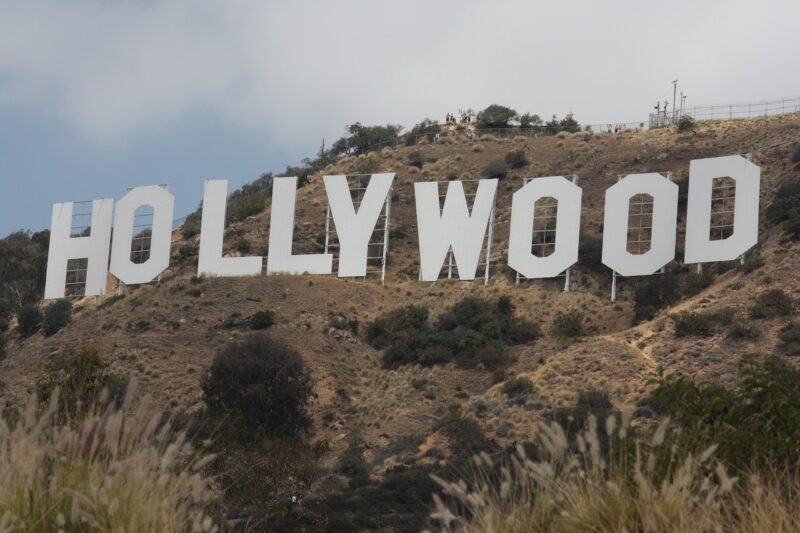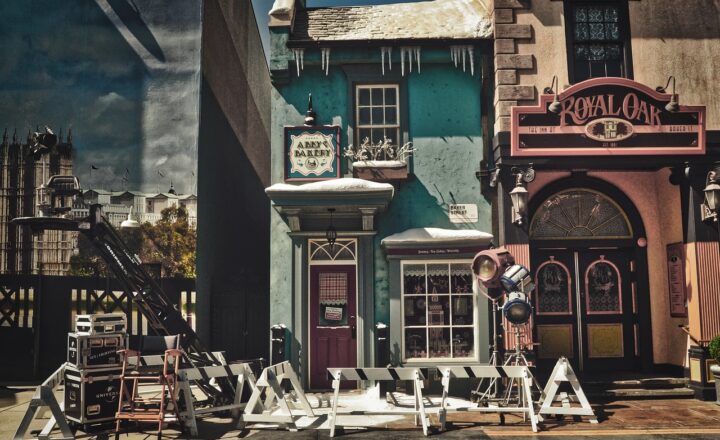
Hollywood is often portrayed as a glamorous and perfect world, filled with stunning actors, beautiful scenery, and captivating stories. Yet, beneath this radiant surface lies a darker narrative one deeply intertwined with organized crime. The Mafia’s influence on Hollywood is a tale of power, greed, and backdoor politics that has fundamentally shaped the industry we know today. Let’s explore how Mafia families managed to infiltrate Tinseltown, capitalize on its lucrative film business, and manipulate movie deals to their advantage.
1. The Historical Context: Prohibition and Italian-American Organized Crime
The roots of Mafia involvement in Hollywood stretch back to the Prohibition era of the 1920s. With the production and sale of alcohol illegal, organized crime flourished as bootlegging networks emerged, which often found ways to skate around the law. During this time, many Italian-Americans, particularly from regions in Sicily and Calabria, entered into or formed organized crime families.
As Prohibition came to an end, these crime families diversified their operations. They recognized the financial potential of the entertainment industry, one that was similarly murky, operating largely without regulation in the early days.
2. Strategic Relationships: Collaborating with Hollywood Elites
Mafia families didn’t just brazenly walk into Hollywood; they strategically forged relationships with influential figures within the film industry. These connections often involved mutual benefits. For directors, producers, and studio executives, linking up with Mafia figures could ensure money for productions, talent for their films, and above all, protection from rival studios or critics.
The most infamous of these relationships revolved around major Mafia families like the Gambinos, Genoveses, and the Chicago Outfit. They developed ties to various Hollywood players, influencing casting decisions, script approvals, and financial backing for projects.
3. Money Laundering: The Film Industry as a Front
One of the significant ways the Mafia profited from Hollywood was through money laundering. Movie studios and production companies often serve as perfect fronts for moving illicit funds. The cash flow of Hollywood, combined with the high stakes of film funding, created a perfect environment where money could be easily obscured.
Films that often failed to recoup their budgets could obtain financing from Mafia-associated figures, who would expect a return on their investment through ‘under-the-table’ agreements. This added a layer of secrecy and complicity that benefited both Hollywood producers and organized crime.
4. Manipulating Distribution: The Power of Influence
Moreover, the Mafia also wielded significant influence over film distribution. By controlling various theaters, inexpensive chain cinemas, and independent distributors, they manipulated how and where films were shown. This controlled access ensured that certain films, particularly those influenced or produced by crime families, received aforementioned preferential treatment.
The mob’s involvement in the film industry was not just about funding but also about controlling the narrative and trajectory of films that could have otherwise depicted them positively or negatively.
5. Iconic Films and Their Mafia Connections
Numerous classic films and iconic characters were either directly influenced by or stumbled upon the Mafia culture. Movies like The Godfather and Goodfellas are often seen not only as entertainment but as dramatizations based on real-life Mafia stories.
Many actors and directors who portrayed Mafia characters had ties with organized crime. Legendary directors like Martin Scorsese and Francis Ford Coppola often navigated these murky waters, creating cinematic masterpieces while capitalizing on the Mafia’s storied history.
Additionally, notorious gangsters understood the power of the silver screen to craft their legends, portraying themselves in films as men with principles and enticing charisma, further entwining their real-life ventures into cinematic lore.
6. The Battle Against Corruption: The 1960s Outing of Hollywood’s Underbelly
As the years rolled into the 1960s, the scandal of Mafia involvement in Hollywood began to surface. The infamous Kefauver Hearings brought attention to the link between organized crime and prominent figures in the entertainment industry. Many in Hollywood began to feel the pressure as law enforcement cracked down on organized crime’s influence, which led to heightened scrutiny of film and entertainment businesses.
The exposure prompted some studios to take steps to distance themselves from these ties, leading to investigations and trials. It was a significant turning point where the glamorous image of Hollywood began to crack, revealing a darker reality that many had chosen to ignore.
7. Conclusion: The Enduring Influence of the Mafia in Hollywood
Today, the ghost of Mafia influence still lingers within Hollywood. While overt connections may have diminished, the legacy of those early collaborations continues to shape the industry. The stories we watch on-screen and the ones behind the scenes connect to a complex tapestry of power, greed, and entertainment.
As we unravel the past, we recognize that Hollywood, in its pursuit of success and fame, has tangoed with those who thrive in shadows. Understanding this intertwining history helps illuminate the challenges and stories that emerge from the world of film and entertainment.
Having revealed the darker side of Hollywood, one can only wonder how it continues to shape the stories and symbols that define our modern cinematic experience.







